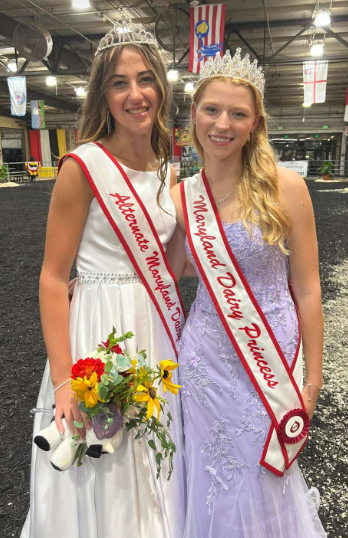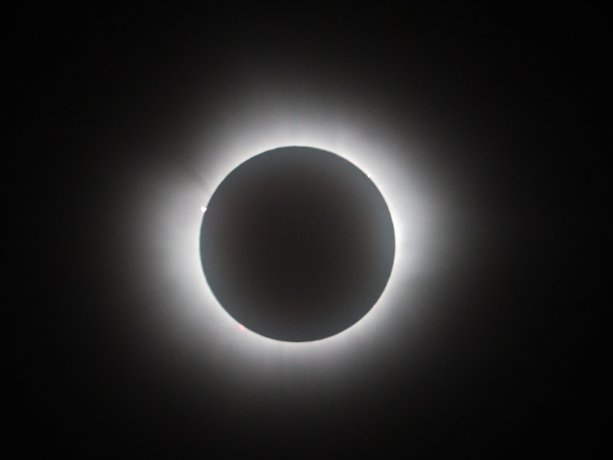Ag teacher Mr. Todd Stewart’s floral design classes were recently tasked with creating the bouquets and other floral arrangements for a recent wedding. Floral design is a class completely focused on learning about how to create an arrangement and how to create other pieces with flowers such as corsages, boutonnieres, senior flowers, wreaths, pocket squares and many more.
For this particular wedding, which was themed ‘Boho Chic,’ students were tasked with making pocket squares for the groom and groomsmen instead of boutonnieres. According to brides.com, a pocket square is “a petite arrangement of flowers that pokes out from the external breast pocket of a groom’s suit or tuxedo jacket.” Senior Emily Watt explains she used a rose as the main flower. Surrounding it were stalks of thistle, waxflowers, chrysanthemums, and a few other things. Junior Lilly Heath helped with the creation of the corsage. Heath explains how for this, she used “spray roses, wax flowers, eucalyptus, and pampas grass.”
Some of the floral design II students were involved in the creation of the wedding arbor. According to weddingmaps.com, a wedding arbor is a “decorative structure that [is] often used as focal points in weddings and other outdoor events.” Senior Dev Griffith explained the process of creating the arbor by saying that they “took a block of floral foam and set it on the surface of the water in a bucket to let it soak. Afterwards, I put the foam in a little basket and filled the sides with silver dollar eucalyptus and seeded eucalyptus to give the base of the arbor shape before moving on to the mass flowers.” According to ecisd.net, “Mass flowers consist of a single stem with one solid, rounded head at the top of the stem. They function to add mass or visual weight to an arrangement.”
Senior Natalie Ling explained the process of the arbor by explaining “you must use floral foam and put it into a cage that holds it, and you basically use filler flowers and the actual flowers to fill all the space up. You want to cover up all the floral foam and the cage so that no one can see it.” A filler flower is “perfect for creating the floral foundation and color palette of your wedding floral designs” according to flowermoxie.com.
Griffith continued explaining the process of creating the arbor. “Once there was enough eucalyptus shaping the arrangement, I moved onto the mass flowers. I put the dahlias in the center, leaving room so I could incorporate the roses without making it look like the two flowers were separated. Lastly, I found places in the center of the arbor that were either empty or needed extra color or texture and put in the orange waxflowers and berries, making sure the berries weren’t extremely clumped together.”
In the past month, students also created arrangements for the ‘Flower of the Month’ club. Griffith explains “Flower of the Month club is a subscription that you can pay for to get a floral arrangement every month that fits the respective month.” For October, students made fall arrangements. Heath explains that “the flowers I used in the Flower of the Month club last month were daisies, sunflowers, seeded eucalyptus, and solidago.”
For November, the students made a cornucopia arrangement. Griffith states, “We tend to use flowers that are typically associated with the season or month, like tulips for spring months, winter berries and pine for winter months, and sunflowers for fall [sunflowers are associated with both summer and fall at the same time].” Griffith highly encourages people to sign up for Flower of the Month club, as “it helps fund our future arrangements, and you get an epic arrangement in return.”
















